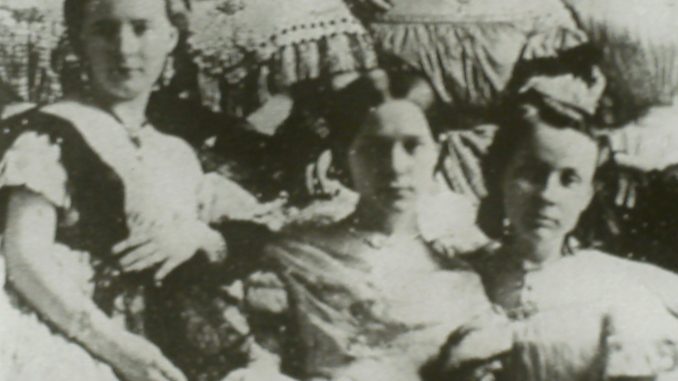
Mort Jordan’s original plans for his documentary didn’t pan out the way he first envisioned.
Before he started filming, the assistant for the documentary left. Then Temple recalled the cameras Jordan planned to use, which forced him to film with different equipment.
As a result, his 1976 documentary, “Time and Dreams,” took longer than he originally planned. But Jordan said without those changes, it would have been a “far lesser movie.”
Last month, the Library of Congress inducted “Time and Dreams” into the National Film Registry, a collection of films considered “of enduring importance to American culture” for their cultural, visual or historical importance, according to the Library of Congress website. Jordan, a 1975 film alumnus, created the film for his senior thesis. It documents the lives of people in Greene County, Alabama after a racial flip-flop in the 1970 elections.
“I was floored, absolutely floored,” Jordan said of being selected by the Library of Congress. “To win this is such an honor. I think one of the most important things is the great access the public will have.”
On the heels of the civil rights movement, the county’s Board of Education and City Council gained a Black majority. Before the election, the county’s officials were predominantly white. Thomas Gilmore became the county’s first Black sheriff, and William McKinley Branch was elected the country’s first Black probate judge.
In the mid-1970s, Jordan, who is white, went to Greene County to film the documentary. He said he found a community that was trying to come to terms with the change in power. He said “when it got down to one-on-one relationships, things were fine,” but he wanted to document the thoughts of white people who were adjusting to the new social dynamics.
Jordan, who grew up in Alabama, lived in the county for a year, interviewing children and adults, both Black and white. The result was a documentary that “portrays Greene County, Alabama, as its people move toward understanding and cooperation in a time of social change,” according to the National Film Registry.
“Time and Dreams” is one of 25 films selected this year — out of more than 5,000 nominees. Other selections this year include “Titanic” and “The Goonies.”
“To get one film [in the registry] is really significant,” said Leonard Guercio, the manager of Temple’s Digital Cinema Lab, which helps film and media arts students apply for grants and learn about upcoming film festivals. “These films are picked by people who work in the industry. … It’s not enough to pick big Hollywood movies, but independent films, family films.”
Guercio submitted a recommendation for “Time and Dreams” to be in the registry, among other student films in the school’s archive. The archive includes every senior thesis film made at Temple.
Guercio said a committee within the 44-member National Film Preservation Board — made up of Oscar-nominated cinematographer Caleb Deschanel, Ben Levin, a former film professor and producer John Ptak — championed the documentary. The National Film Preservation Board advises the Librarian of Congress, Carla Hayden, in selecting films for the national directory.
He added that even though “Time and Dreams” was made in 1976, the same issues are popping up in the media more than 40 years later. The day before Jordan’s documentary was announced as a winner, Republican candidate Roy Moore lost the Alabama special United States Senate election to Democrat Doug Jones.
Multiple women accused Moore of sexual misconduct, and he also made homophobic comments.
“The country’s doing the opposite of what I witnessed [in Greene County],” Jordan said. “There’s a divergence.”
In the documentary, people he interviewed said they were coming together and reaching a better understanding of each other after the election.
“When you look back over time, so many things have been lost,” he added. “People are losing touch with the past. That’s a big mistake.”
After editing and producing the documentary at Temple, it was nominated in 1975 for a Student Academy Award and placed second. The year before, Jordan and Levin won a Student Academy Award for his documentary, “You See, I’ve Had a Life.”
Jordan said his time in Temple’s film program “had such a profound effect” on how he looked at the world.
“I had so many professors talking about…how we perceive the truth,” he said.
The film program is nearing its 50th anniversary, and Jordan’s selection to the National Film Registry has the school celebrating, Guercio said.
“Temple has long been known as a documentary school,” he added. “[It’s] been a force in film school for a long time.”
____________________________________________________________________________
Editor’s Note: This story has been updated to reflect new information.


Be the first to comment